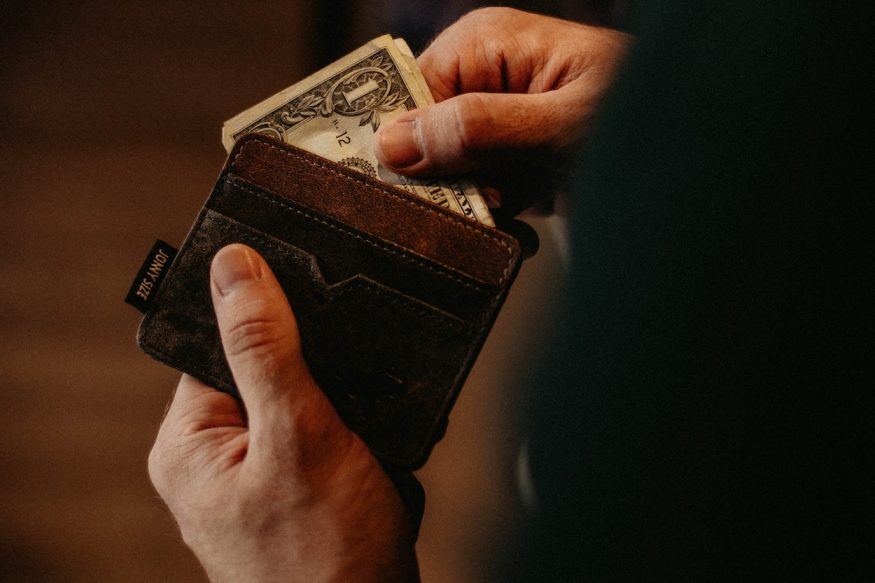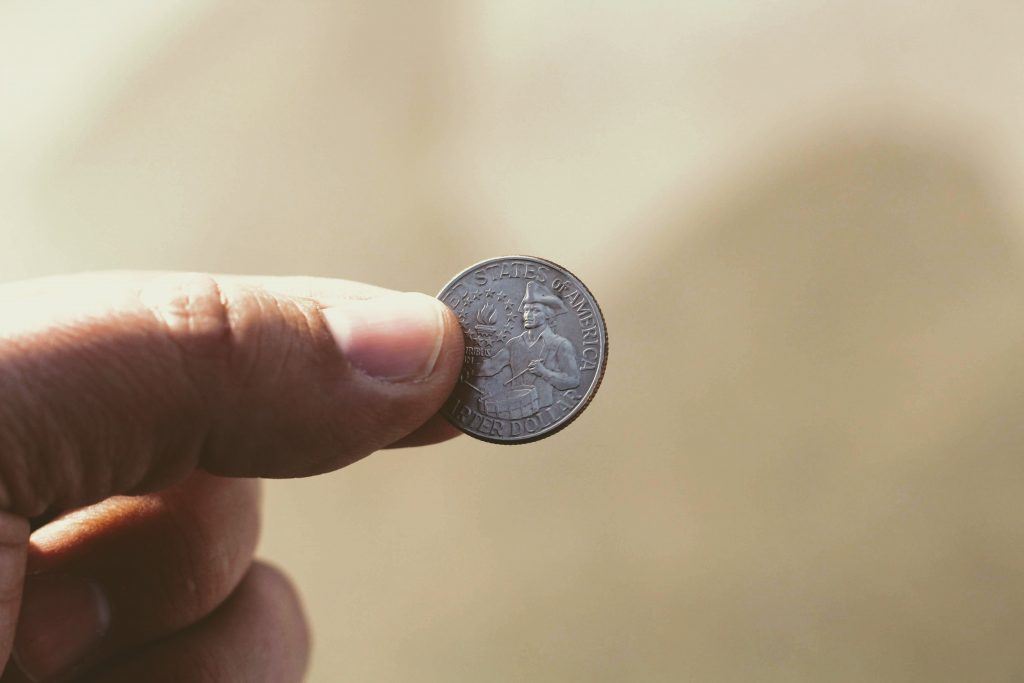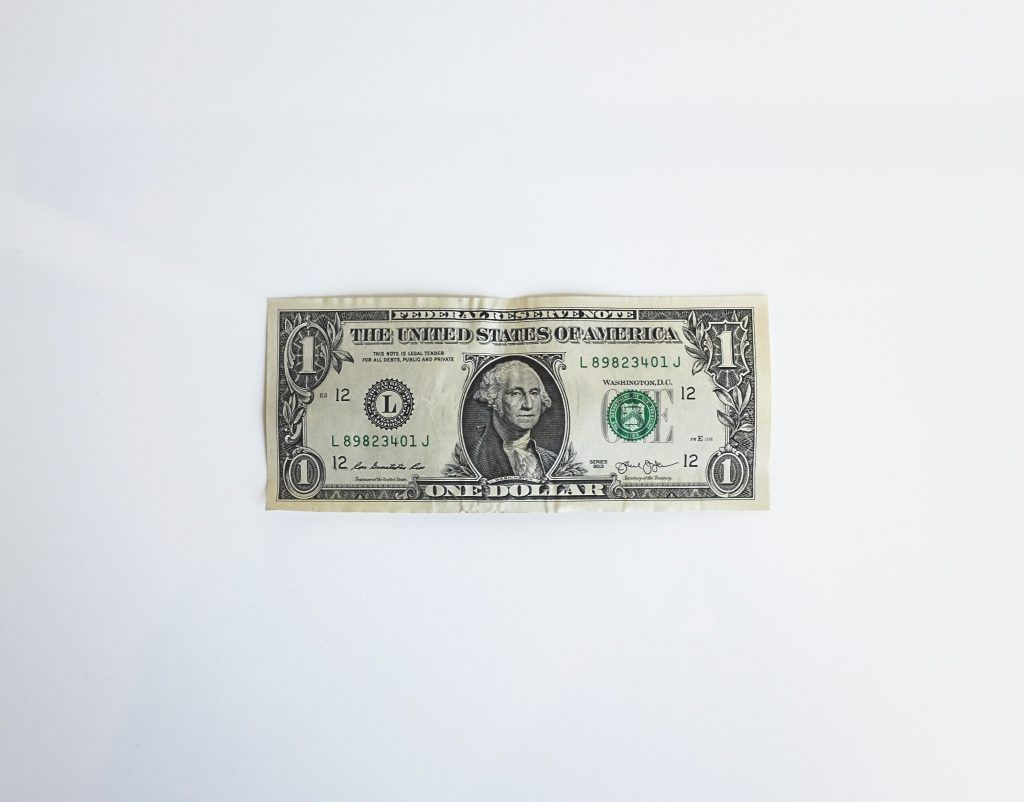How Classic Cons Adapt for a New Era

Introduction to Modernized Swindles
Con games have a remarkable way of evolving to fit changing times, technologies, and social dynamics. What once started as a simple scheme can easily be updated and reinvented by cunning scammers to catch new generations off guard. In this article, we’ll delve into how traditional scams are modified, highlighting an age-old confidence trick and demonstrating its adaptability over the decades.
Revealing the Mechanics: Overview of the Classic Con
Successful confidence games often rely on teamwork, though some resourceful grifters manage alone, sometimes even manipulating those they're scamming into unwittingly participating. By examining two distinct versions of a legendary scam, this article will illustrate how the same fundamental deceit can be given fresh life by skilled con artists.
The “Miracle Purse” Scheme: An Old Favorite
Over a century ago, the “Lucky Pocketbook” - now commonly called the "Miracle Purse" con - was a mainstay among hustlers targeting revelers and gamblers. The setup was disarmingly simple, but its brilliance lay in manipulating psychology, especially the desire to outsmart someone perceived as gullible.
The scenario typically unfolded after a lively night of cards or drinks. As the festivities died down, one person "forgot" a small purse before leaving the group. It didn’t take long for someone else to spot the abandoned item and mention the owner’s deep attachment to it - allegedly a good luck charm with a penny inside dated to the owner’s birth year.
Inevitably, a few in the group would check the purse, discover the antique penny-say from 1880-and joke about their absent friend’s superstition. Soon, the owner would return, relieved to find the purse awaiting him. Unprompted, a group member would then query what made this old coin so special.

Image: Joshua Hoehne/Unsplash
At this point, the owner would sheepishly claim that it was simply a penny from his birth year and play down the drama. But the real trap was sprung when his pre-arranged accomplice objected, “There were no pennies made that year due to a copper shortage. It’s impossible that coin is from 1880!”
An argument would ensue. Bets would be placed-often with escalating mock outrage-and eventually several bystanders would wager on whether the penny was genuine, convinced the owner must be wrong or lying. To everyone’s shock, the coin would bear the promised date once revealed, and the scam artist would depart with all the winnings while the partner played the sore loser. Sometimes, for added misdirection, this accomplice would blame a victim for allegedly not checking the coin, further muddying the water if tensions ran high.
Short Cons and Psychological Manipulation

Image: Emil Kalibradov/Unsplash
While the Miracle Purse is a quick-hit scheme rather than a path to riches, its simplicity and psychological leverage ensured its effectiveness. After all, the marks felt they were taking advantage of a naïve gambler, which dulled their usual suspicions. This level of manipulation relies on sharp reading of the room, subtle persuasion, and-at times-a bit of sleight of hand, such as switching purses or coins.
Crucially, the ruse could also serve as groundwork for bigger cons. Once victims were drawn in by a relatively harmless loss, hustlers could return later with even more ambitious setups. The lesson? Once people buy in to a con’s narrative, it’s surprisingly easy for swindlers to escalate and steer the crowd toward bigger losses.
Contemporary Variations: The Wallet and the Two-Dollar Bill

Image: NeONBRAND/Unsplash
Even as times have changed, inventive scammers find clever ways to retool old games. In the 1980s, for instance, a friend of mine-let’s call him J.N.-used a modern take featuring his wallet and a rare two-dollar bill. After losing at poker, J.N. would “accidentally” lose his wallet at the table. An accomplice would discover it and launch into a pitch about J.N.’s lucky two-dollar note, which he supposedly always carried during games.
Following the same beats as the original con, the accomplice would convince others to swap out the bill for two singles, thinking they were being clever. The twist came when J.N.-once confronted-explained that the serial number on the two-dollar bill represented his birthdate. Bets would fly, and J.N. would produce another two-dollar bill, this one hidden inside a special wallet flap and bearing the correct serial number, “miraculously” winning every bet.
Unlike the older penny con, this wallet version required no switching at the table, thanks to the wallet’s design. The rarity of two-dollar bills, and the plausible story, made suspicion even less likely.
The Enduring Nature of Deceit
No matter the decade or the culture, people can be drawn into the same traps with minor tweaks. These scams endure because they exploit universal instincts: greed, pride, and the desire outwit others. Even seemingly obsolete cons, when freshened up with a modern setting or a clever variation, can catch people unaware.
What's consistent across eras is the necessity for creativity and a talent for performance. As long as there are people eager to believe they’ve found an easy win, con artists will continue to adapt old tricks for new times.
Further Reading on Classic and Modern Cons
Want to learn more about the tricks hustlers use to ply their trade? Explore these in-depth articles by R. Paul Wilson:













